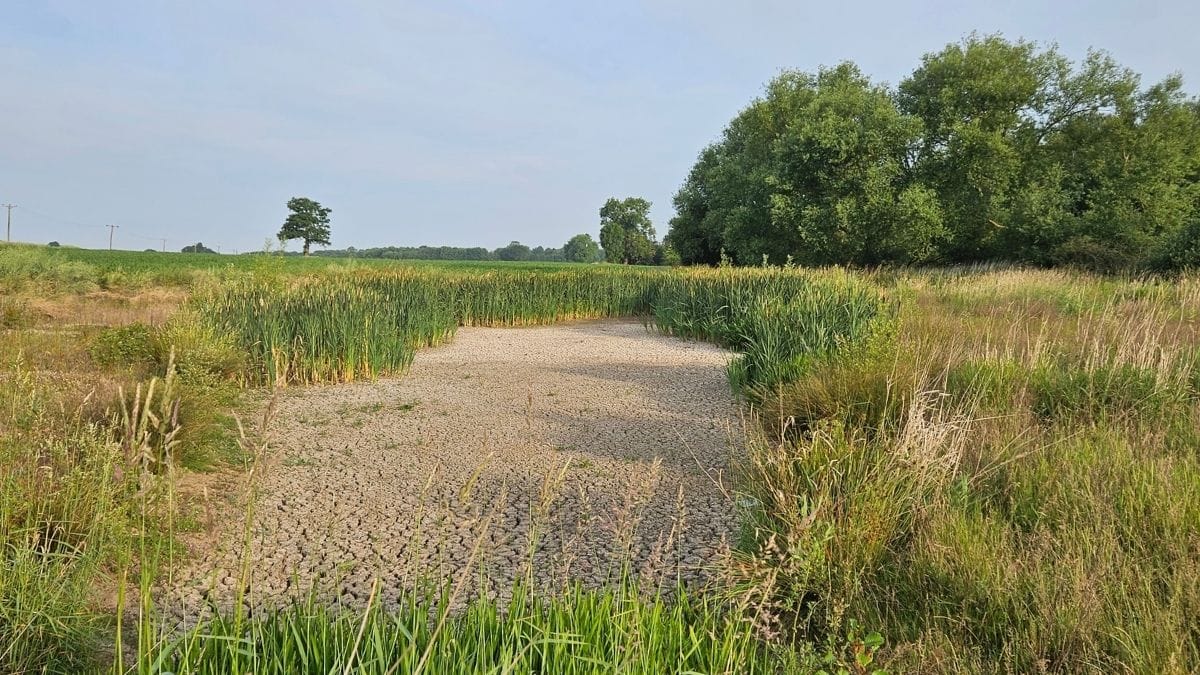The Trent is a river of untapped potential for salmon and other endangered species. We need robust monitoring and a commitment to further fish passes that unlock the river for all fish, including the ones we lost to insurmountable barriers.
Over 80% of people living near the Trent do not know the river is home to a salmon run. Too few, considering that the river is now home to the country’s largest fish pass. The project saw a £12 million investment in the recovery of salmon and other species, such as lamprey and eel. It is a milestone as much as it is a first step toward the revitalisation of historic fish migration routes. Five barriers leading up to Colwick remain in place. Three follow after Colwick.
It is now vital we are not losing momentum and invest in schemes that continue to open up the Trent for fish. While progress has been made, too many barriers remain in place. Successfully restoring fish migration, including the economic opportunity it brings, hinges on what we do next.
Robust monitoring for effective solutions
Current monitoring levels reveal too little about stock numbers and trends over time. This means that conservation efforts and the effectiveness of interventions lack the level of evidence-based decision-making principal salmon rivers benefit from. For example, it does not feature in reports on annual stock numbers, we do not know the number of salmon, survival rates and the number of fish returning to sea after spawning in the Trent catchment. There is limited, short-term monitoring, but due to its status as ‘recovering salmon river’, its long-term recovery effectively remains undocumented.

This matters as sparse monitoring on recovering salmon rivers, like the Trent, creates a significant data gap on the state of salmon in the UK. While data shows numbers plummeted to record lows in principal salmon rivers, we do not know enough about what numbers look like in rivers that do not fall under the category of ‘principal salmon river’.
The state of salmon in the Trent is tied to the wider picture of river health. Their life-cycle relies on well-connected, clean water, and, therefore, their status offers a vital health check of the Trent and can help determine where priorities for wider recovery should lie.
What we’re asking for: We’re asking for the Trent to benefit from the same monitoring regime as a principal salmon river.
There are no second chances for fish passes
Looking at wider recovery, plans also need to recognise fish passes are always a compromise. A full ecological recovery is only possible when a barrier is removed in its entirety. Yet, we recognise that priorities can conflict, and it is not always feasible. We also must avoid a scenario where some passes can accommodate some species but not others. It will thwart the return of locally extinct species or allow some to recover, but not others.
Getting it right means opening up the Trent for all species – the ones we lost, like the sturgeon and burbot, the critically endangered eel and lamprey and including all the species whose life cycle depends on their ability to reach different stretches of river.
What we’re asking for: We’re asking for plans to consider an all-species fish pass so the Trent won’t be permanently blocked for some species.
Why does this matter?
The poor state of water quality is a high-profile issue, and rightly so. Yet, the fact that fish in the UK face a barrier every 1.5km on average is less well-known. If we want to see our rivers recover, it is not enough to clean up the water or create habitats. Species won’t return if vast stretches of river cannot be accessed.
The barriers on the Trent also have a cultural effect. We have lost touch with a time that saw salmon and people thrive – here in the Midlands! For example, two centuries ago, salmon were so abundant that an allowance was placed on Nottingham apprentices, to not exceed two salmon a week as payment. Equally, Trent lamprey and eel featured on local menus. Nowadays, salmon sightings are so rare, they make headlines in local news.
It’s time we unlock an old normal, where rivers full of fish aren’t a sensation, but part of the cultural and natural fabric that distinguishes this region. Proper monitoring and putting plans in motion for fish passage, are vital first steps.
Find out more about ways of giving salmon a second chance in the Trent:
Get the full picture on salmon in the Trent via our Storymap. Click here for full view.





